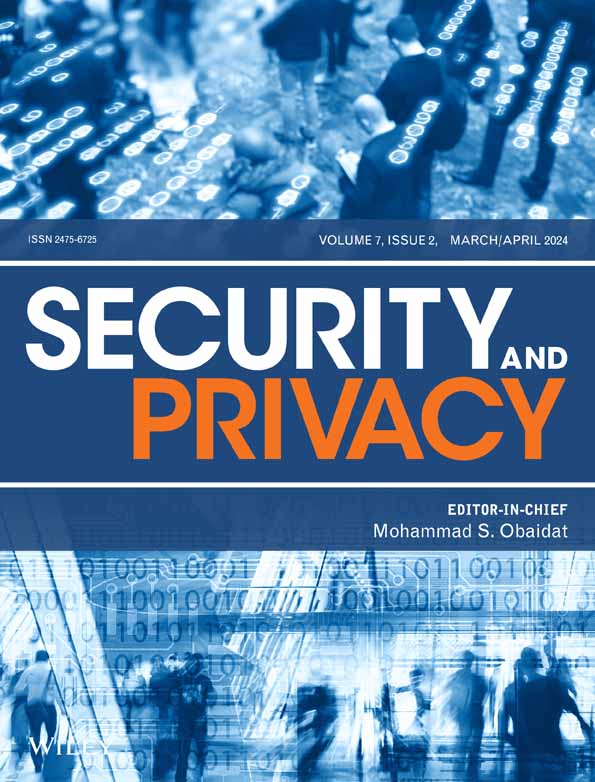EEG-based biometric authentication system using convolutional neural network for military applications
Abstract
In this technological era, as the need for security arises, the use of biometrics is increasing in authentication systems as a secure and convenient method of human identification and verification. Electroencephalogram (EEG) signals have gained significant attention among the various biometric modalities available because of their unique and unforgeable characteristics. In this study, we have proposed an EEG-based multi-subject and multi-task biometric authentication system for the military applications that address the challenges associated with multi-task variation in EEG signals. The proposed work considers the use of respective EEG signals for the access of artillery, entrance to highly confidential places for the military and so forth by authenticated personnel only. We have used a multi-subject, multi-session, and multi-task () dataset. The dataset was partially preprocessed with basic signal processing techniques such as bad channel repairing, independent component analysis for artifact removal, downsampling to 250 Hz, and an audio filter of 0.01–200 Hz for signal improvisation. This partially preprocessed dataset was further processed and was used in our deep learning model (DL) architectures. For EEG-based biometric authentication, convolutional neural network (CNN) outperforms many of the state-of-the-art DL architectures with a validation accuracy of approximately 99.86%, training accuracy of 98.49% and precision, recall and F1-score with values of 99.91% that makes this EEG-based approach for authentication more reliable. The DL models were also compared based on training and inference time, where CNN used the most training time but took the least time to predict the output. We compared the performance of the CNN model for three preprocessing techniques by feeding mel spectrograms, chromagrams and mel frequency cepstral coefficients, out of which mel spectrograms provided better results. This proposed architecture proves to be robust and efficient for military applications.
Open Research
DATA AVAILABILITY STATEMENT
Data sharing is not applicable to this article as no new data were created or analyzed in this study.




